Prolotherapy
Prolotherapy is a regenerative proliferation therapy that involves injecting an osmotic solution containing dextrose, nutrients, and lidocaine to stimulate natural healing. This injection generates an osmotic signal around the injection sites, which induces the healing cascade to begin (local inflammation is the beginning of the healing process) and signals the body to regenerate tissue. New collagen fibers are deposited into adjacent tissues and tissues are tightened and strengthened.1 Prolotherapy was developed to repair ligament laxity but since then has been successfully applied to multiple uses, including chronic musculoskeletal pain, arthritis, tendinopathy, tendon or ligament injuries, and more.
Compared to steroid injections, which temporarily helps with pain but does not treat the cause,
prolotherapy regenerates cells and promotes healing.
Clinical studies have shown prolotherapy treatments result in significant reduction in pain and increased range of motion for any condition that presents with chronic symptoms.1, 2
At Phoenix Men’s Health Center, we recommend 1-3 treatments of dextrose prolotherapy within 3-6 weeks’ time period. Improvement is usually seen within days to weeks with the first treatment showing greatest improvement. There may be minor stiffness or soreness after treatment that will go away in a few days. Prolotherapy has been proven to relieve chronic pain that other conventional therapies have not been successful on and improve your quality of life that had been impacted by pain.
Platelet Rich Plasma (PRP) – Using your own cells to repair your body
Blood is composed of plasma, platelets, red blood cells (RBC), and white blood cells (WBC). Plasma is the liquid component that helps transport the cells, and platelets construct new connective tissue, stop blood flow through clotting, and restore blood circulation. Platelet Rich Plasma (PRP) is a concentrated & separated solution of the patient’s own blood (autologous blood). Platelets contain clotting and growth factors.
Injection of highly concentrated Platelet Rich Plasma causes exponential increase of growth factors in the area and stimulates healing.3
PRP has been proven to help treat patients with chronic non-healing wounds, chronic joint or muscle pain, and musculoskeletal injuries. PRP is especially effective for tendon injuries, which injures easily and heals slowly. It is also a relatively less non-invasive treatment compared to surgical procedures and doesn’t have the serious side effects of long term non steroidal anti-inflammatory drug use or corticosteroid injections. Clinical studies have shown PRP treatment to have effective healing or resolvement with epicondylar elbow pain (tennis elbow), plantar fasciitis, tendon injuries, achilles tendinopathy, and chronic cutaneous ulcers.4
PRP is also used for aesthetic and beauty purposes.
Because PRP stimulates growth factor release and cell growth, it can be used to rejuvenate skin that has been affected by acne, slow healing scars, stretch marks, wrinkles, or burn scars. PRP can tighten and strength the skin and restore affected sites to normal skin texture and color. PRP also regenerates hair follicles and can treat hair loss. Phoenix Men’s Health Center recommends 3-6 treatments spread out monthly.
Both prolotherapy and PRP help kick start your body to naturally heal and regenerate cells. They have been safely used for the last couple of decades. If you are suffering from chronic musculoskeletal pain, slow healing wounds and injuries, joint laxity, or damaged/blemished skin, call Phoenix Men’s Health Center at 602-908-5422 or click here to make an appointment. See how prolotherapy or PRP can help you.
Listen to David’s experience with prolotherapy below.

References:
- Rabago, D., Best, T. M., Beamsley, M., & Patterson, J. (2005). A systematic review of prolotherapy for chronic musculoskeletal pain. Clinical Journal of Sport Medicine, 15(5), E376.
- Kim, S., Stitik, T., Foye, P., Greenwald, B., & Campagnolo, D. (2004). Critical review of prolotherapy for osteoarthritis, low back pain, and other musculoskeletal conditions: a physiatric perspective. American Journal of Physical Medicine & Rehabilitation, 83(5), 379-389.
- Everts, P., Knape, J., Weibrich, G., et al (2006). Platelet-rich plasma and platelet gel: a review.Journal of ExtraCorporeal Technology,38(2), 174.
- Sampson, S., Gerhardt, M., & Mandelbaum, B. (2008). Platelet rich plasma injection grafts for musculoskeletal injuries: a review. Current reviews in musculoskeletal medicine, 1(3-4), 165-174.
**This content is for informational purposes only and is not intended as medical advice. Please consult with a healthcare professional before starting any treatment. Individual results may vary based on health conditions and other factors.

